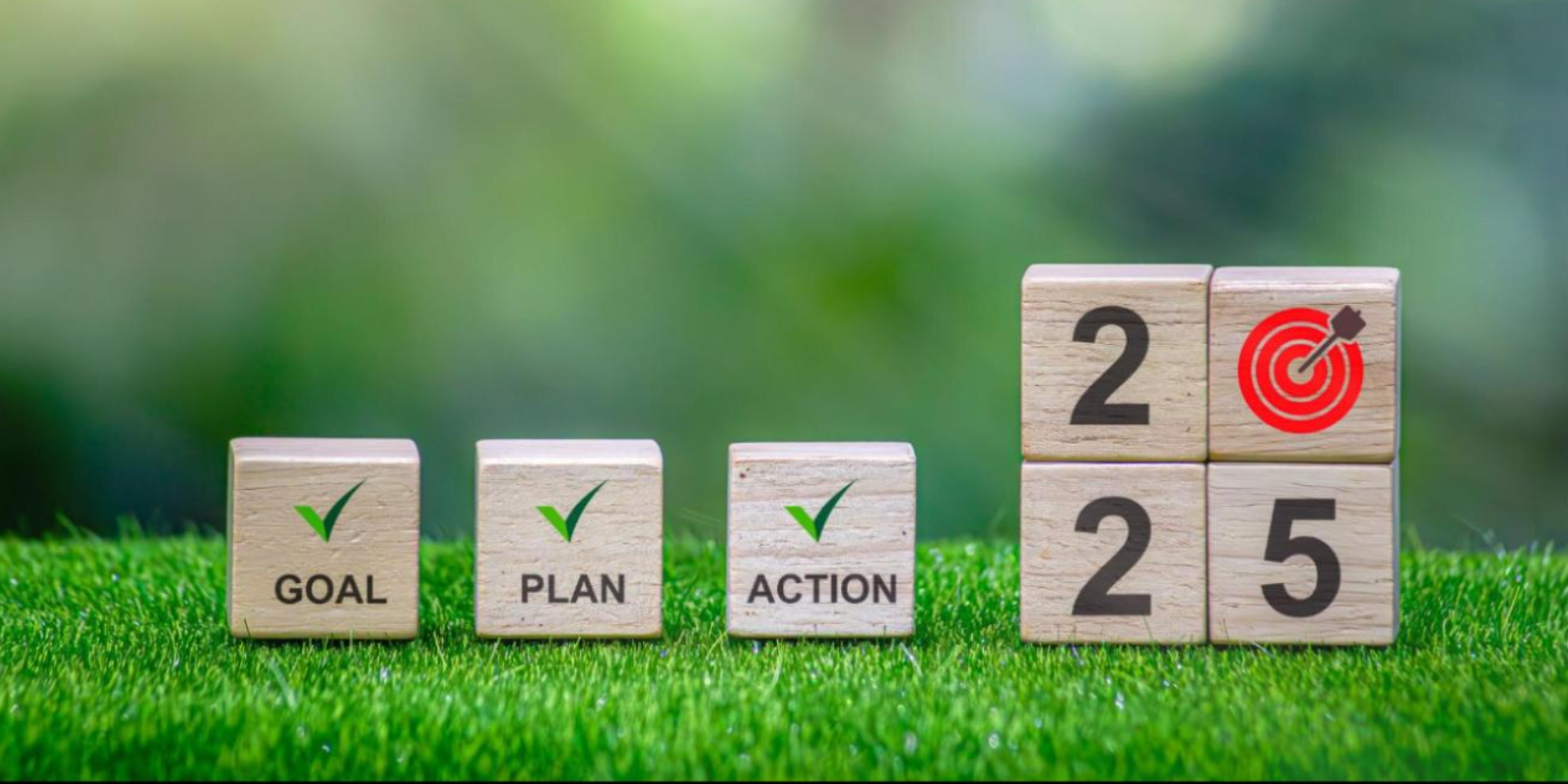The UN’s Sustainable Development Goals (SDGs) were introduced in 2015 as a global call to action. By 2025, they’ve shifted from policy jargon to practical business language. More than 70% of large companies now reference SDGs in their sustainability strategies — but how well are they putting them into action?
For businesses, SDGs are more than posters with 17 colorful icons. They’re a framework to measure whether a company’s operations contribute positively to society and the planet. Take SDG 7 (Affordable and Clean Energy): firms switching to solar-powered warehouses or investing in green supply chains are no longer just saving money, they’re aligning with global energy goals. Or SDG 13 (Climate Action): logistics companies that move towards electric fleets are helping cities cut pollution and emissions.
Yet, the gap is real. Many organizations “map” their projects to SDGs for reporting, but only a few truly embed them into business models. The difference? One is storytelling, the other is strategy. And in a world of rising ESG scrutiny, the latter is what earns long-term trust.
Takeaway: SDGs don’t have to feel distant. When used well, they give companies a roadmap to stay competitive, build resilience, and make impact real.

